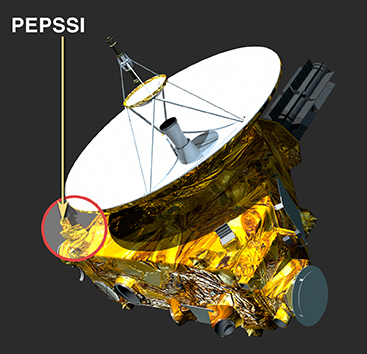Celebrating 8 Decades of Astronomy Outreach!

We went to Los Angeles last weekend to celebrate the 80th birthday of the venerable Griffith Observatory. It was 80 years ago today (May 14th), that the observatory opened its doors, and over the years it has served millions of people wonderful views of the sky from its telescope and under its planetarium dome.
Griffith has a very special meaning for me. It’s one of my favorite astronomy places in the world, and I had the good fortune to work as the senior writer for the Griffith exhibits in 2005-2006. It was a very seminal period for me, and very productive. For a science writer, such a project is a rare opportunity to share astronomy with a wide and constantly changing audience.
I was told while I was at Griffith last weekend that I ended up writing 25,000 words—essentially an astronomy book—spread across some 170 panels in the facility. I love those exhibits and if you get a chance to see them, I hope you do, too. (You can get a sneak preview of them here.) One very cool outcome of that project was that I was subsequently asked to write exhibits for NASA Jet Propulsion Laboratory as well as the California Academy of Sciences in the years following the Griffith project. So, it’s doubly special.

The Monday night party was staged by the Friends of the Observatory (Mark and I are proud members of FOTO), and featured a wonderful discussion about astronomy through the years led by Dr. Laura Danly (Griffith Observatory Curator), featuring Dr. E.C. Krupp (director of Griffith Observatory), Dr. Charles Elachi (director of NASA Jet Propulsion Laboratory), and Dr. John Grunsfeld, Associate Administrator for the Science Mission Directorate at NASA (and one of the astronauts who flew into space to service the Hubble Space Telescope). It was an enjoyable evening and discussion, and you could just feel the amazing love and appreciation of astronomy that the panelists and attendees had; as well as the role that Griffith has played in bringing astronomy to anyone interested in it. You can watch the video at Griffith’s Celebration of a Lifetime Web page. It’s well worth your time.
Happy Birthday Griffith Observatory! May you have many, many more happy years of astronomy outreach through your exhibits, the Samuel Oschin Planetarium, and the telescopes.
If you live in LA, or you’re going there sometime, make Griffith one of your “must-see” stops. It’s worth at least a half a day’s visit, just to see their wonderful planetarium shows, and browse the exhibits. If you can stay into the evenings, you can often get a view through their telescope, too. It’s a beautiful building, created to turn visitors into observers.



